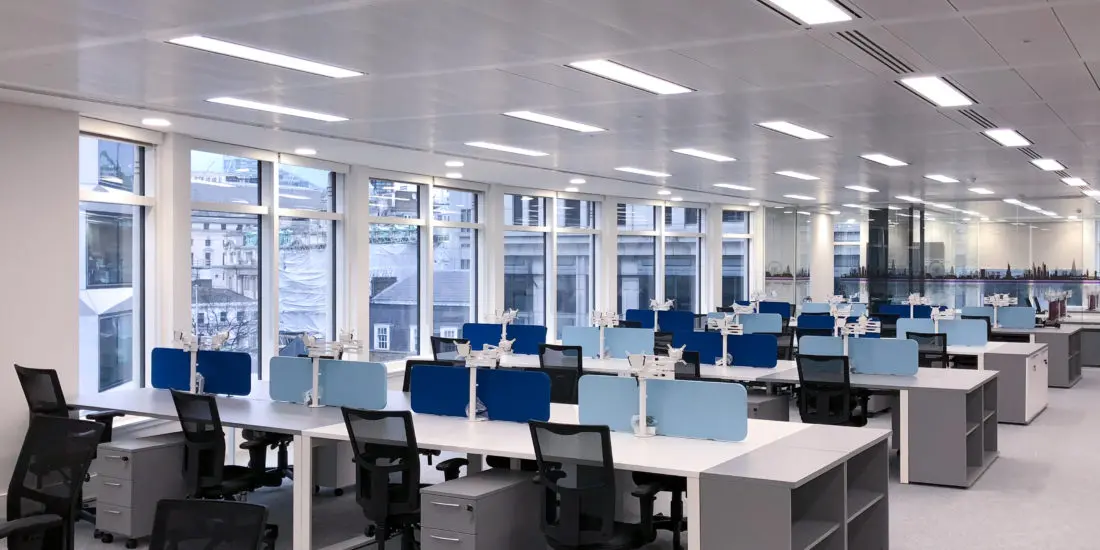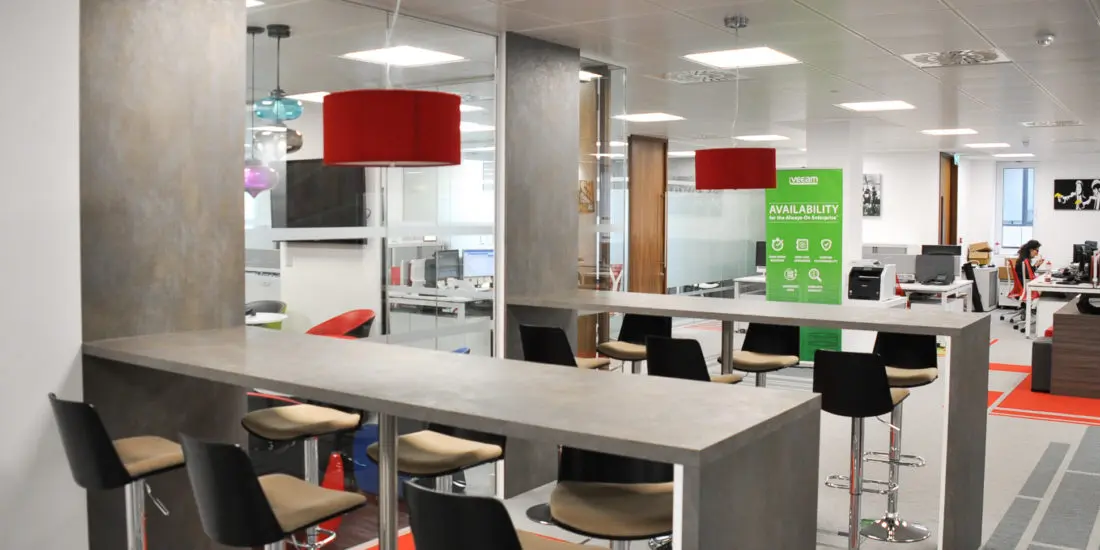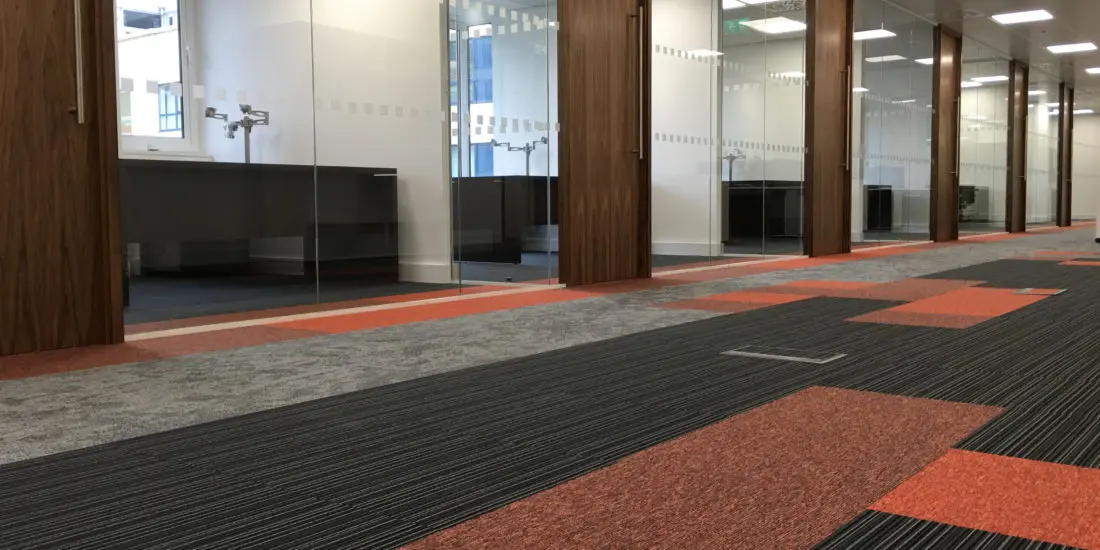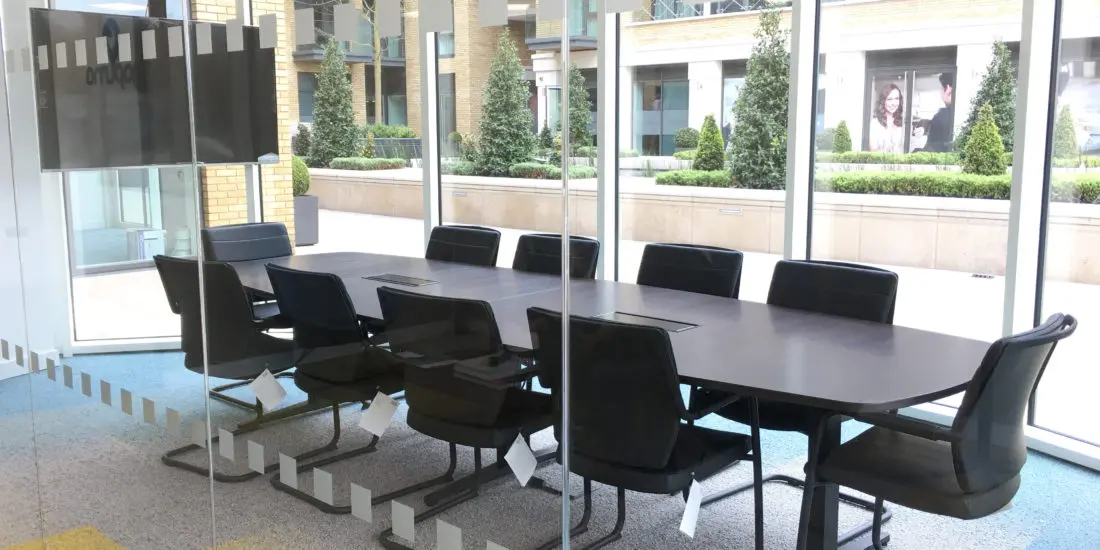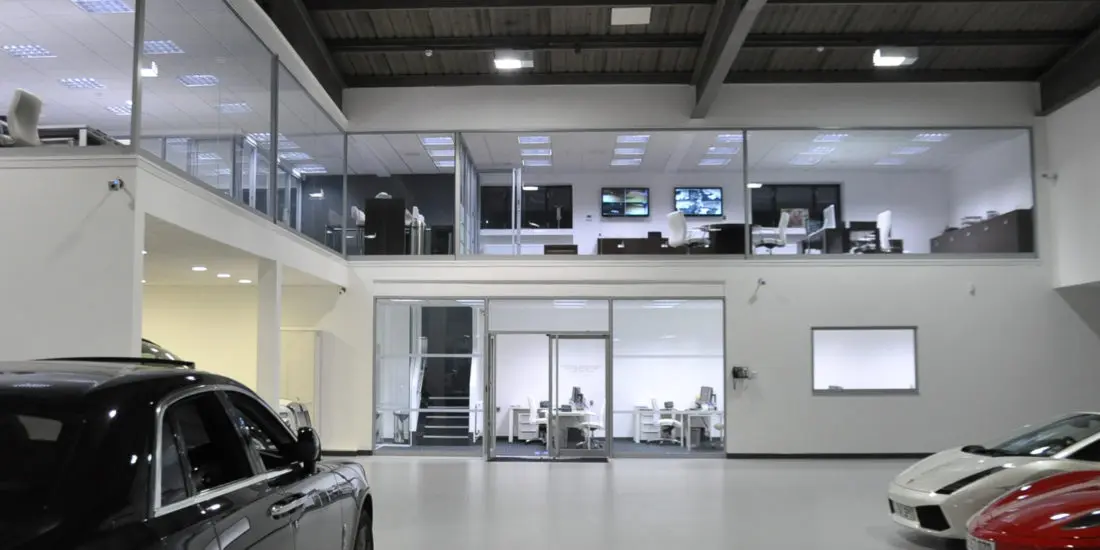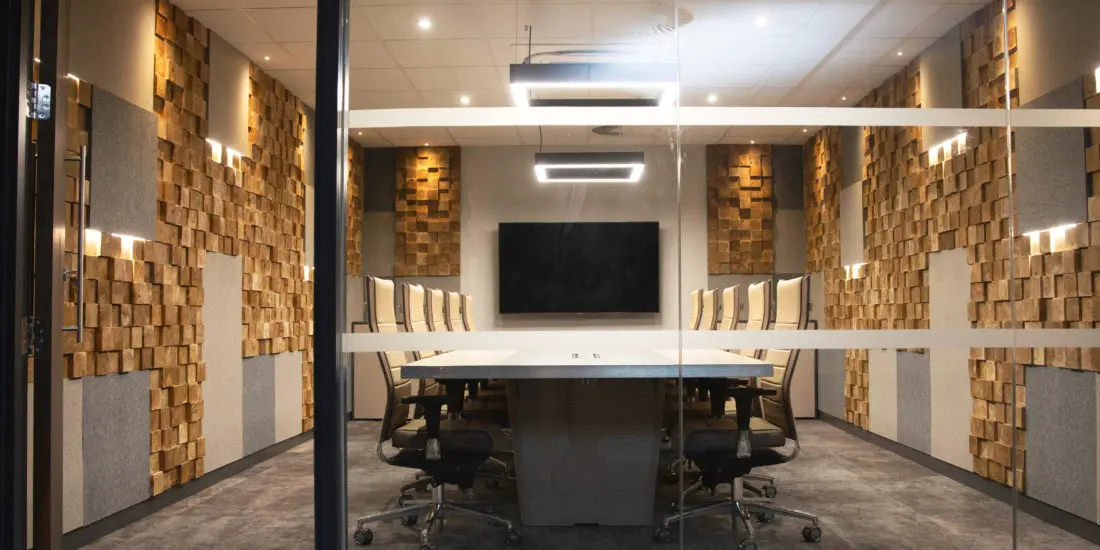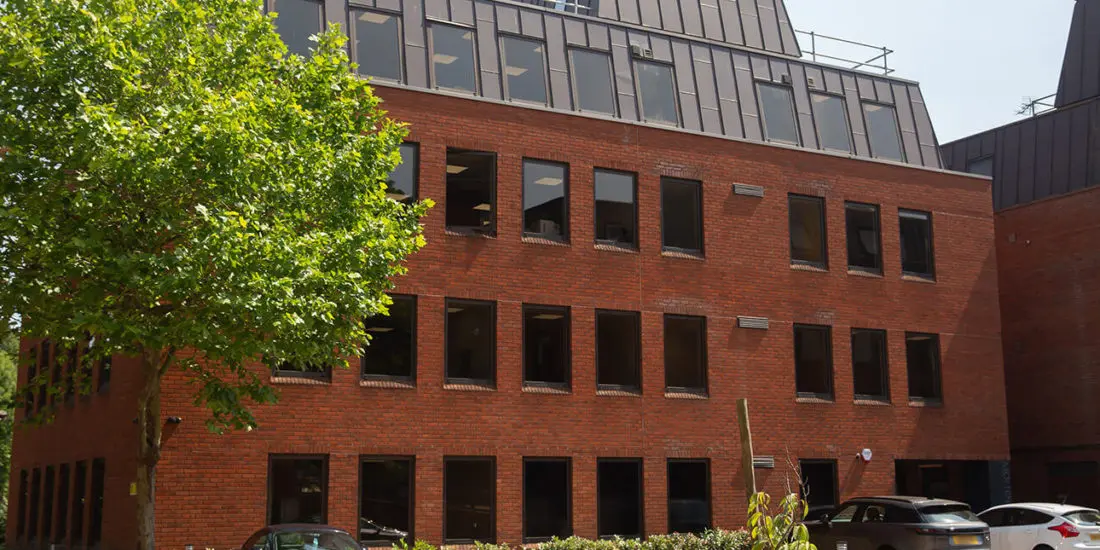I. Introduction
A. Brief Overview of the Topic
When a company decides to refurbish its office space, it can either expense the costs or capitalise them. Capitalisation means adding the expenses to the balance sheet as an asset. This strategy has both advantages and disadvantages, and this article will explore these in detail.
B. Importance of Maximising Investment
In a business environment that is constantly changing, it is essential for companies to maximise their investments. Every decision a company makes that affects its financial statements has repercussions. It is vital to understand the potential impact on the bottom line, both in the short and long term.
II. What is Capitalising Office Refurbishment Costs?
A. Definition and Explanation
Capitalisation is the process of adding an expense to the balance sheet as an asset, rather than deducting it as an expense from the income statement. When refurbishing an office space, this could include the cost of construction, furniture, fixtures, and equipment.
B. When Can It Be Done?
In general, capitalising office refurbishment costs is only allowed if the expenditure results in an improvement to the asset. The improvement must extend the life or increase the value of the asset. Otherwise, the expense must be expensed as a maintenance cost.
III. Advantages of Capitalising Office Refurbishment Costs
A. Potential Tax Savings
Capitalising office refurbishment costs could potentially reduce a company’s tax bill. Since these expenses are considered assets, they can be depreciated over several years, unlike expenses that are immediately deducted from the income statement.
B. Increased Asset Value
Capitalising office refurbishment costs can also increase the value of a company’s assets. These assets can be used as collateral if the company needs to secure financing or can be sold if the business is being liquidated. This is especially relevant for companies that operate in the property and construction industry.
C. Improves Company Image
A newly renovated office space can improve the company’s image and increase employee morale. Customers and suppliers may also view the company more favourably if the office is modern and well-equipped.
IV. Disadvantages of Capitalising Office Refurbishment Cost
A. Increased Interest Expenses
Capitalising office refurbishment costs will increase the company’s interest expenses. Since these costs are added to the balance sheet as an asset, the company may have to borrow more money to cover them, resulting in higher interest charges.
B. Impact on Short-Term Cash Flow
Capitalising office refurbishment costs will reduce the company’s liquidity in the short term since it will not be immediately deducted from the income statement. This can affect the company’s ability to pay suppliers and employees on time.
C. Financial Reporting Challenges
Capitalising office refurbishment costs can make the financial statements more complicated to understand. It can also create challenges when it comes to reporting the company’s financial performance accurately.
V. Case Studies
A. Successful Examples of Capitalising Office Refurbishment Costs
The White House Hotel in London capitalised their office refurbishment costs and increased their asset value by 25%. This allowed them to secure financing at a lower interest rate.
B. Unsuccessful Examples and Why They Failed
Delta Airlines capitalised their office renovation costs, but later had to write them off as a loss when they closed the office. This decision resulted in a negative impact on their financial statements and shareholder value.
VI. Expert Analysis
A. Opinions of Financial Experts
Financial experts advise that companies should only capitalise office refurbishment costs if they meet the criteria for an improvement to the asset. They also highlight the importance of considering the impact on financial statements and cash flow.
B. Key Factors To Consider Before Capitalising Office Refurbishment Costs
Before deciding to capitalise office refurbishment costs, companies must weigh the advantages and disadvantages of this strategy. They should also ensure that the expenses meet the criteria for capitalisation and anticipate the impact on financial Statements, cash flow, and shareholder value.
VII. Conclusion
A. Recap of the Advantages and Disadvantages
Capitalising office refurbishment costs has both advantages and disadvantages that must be carefully considered. It can result in tax savings, increased asset value, and improved company image. However, it can also increase interest expenses, impact short-term cash flow, and create financial reporting challenges.
B. Considerations Before Making the Decision to Capitalise
Companies must carefully consider the criteria for capitalisation, the impact on financial statements, cash flow, and shareholder value before making the decision to capitalise office refurbishment costs.
C. Final Thoughts on the Topic
Maximising investments is essential for a company’s success, but it is equally important to consider the potential impact on financial statements and cash flow. Capitalising office refurbishment costs can be a lucrative strategy, but it requires careful consideration before making this decision.






